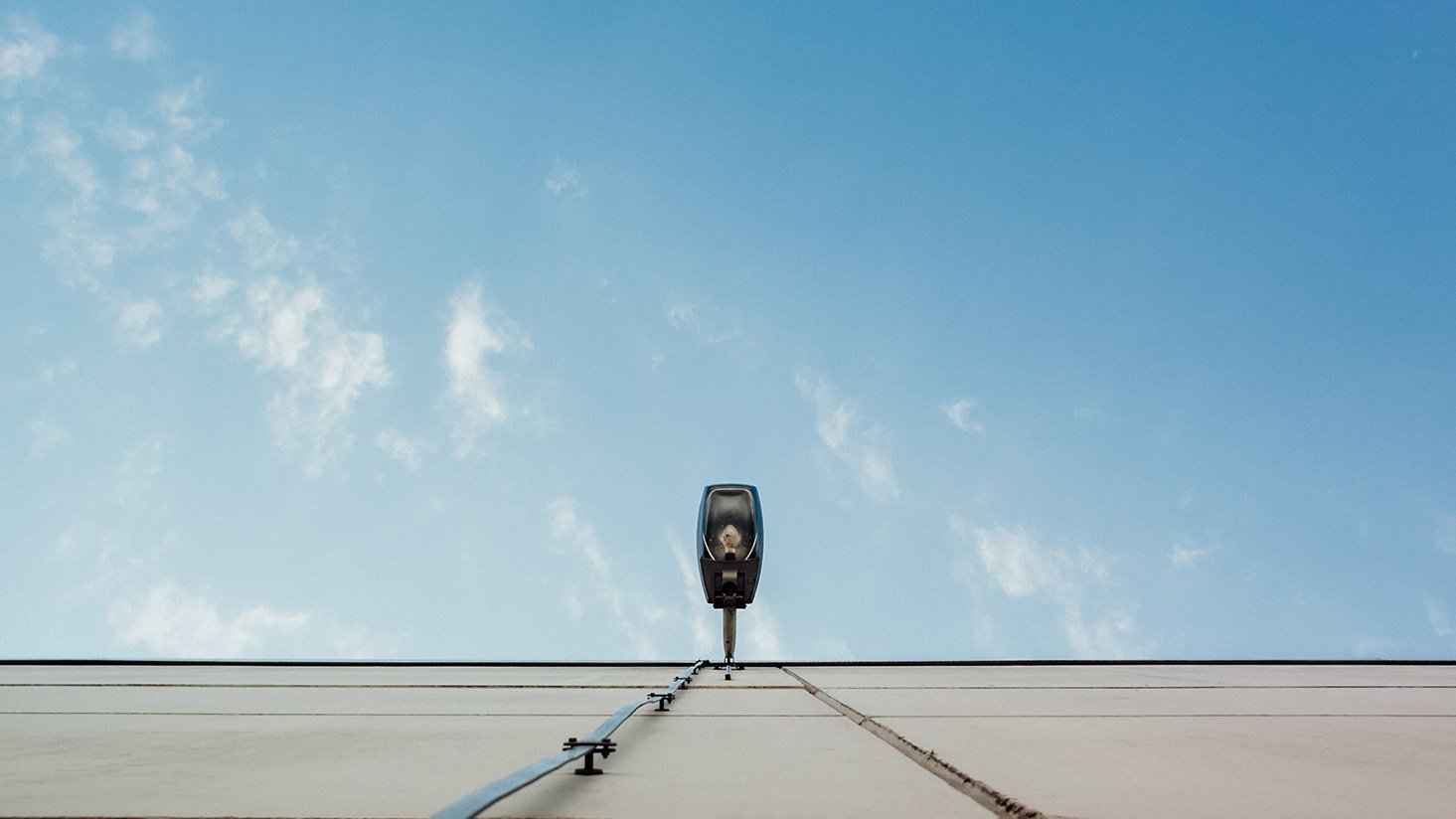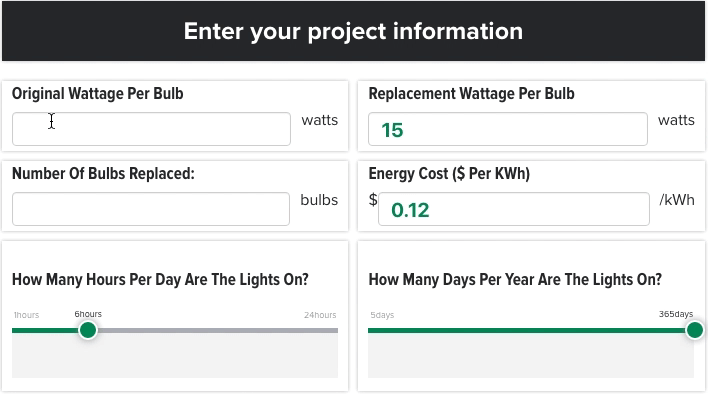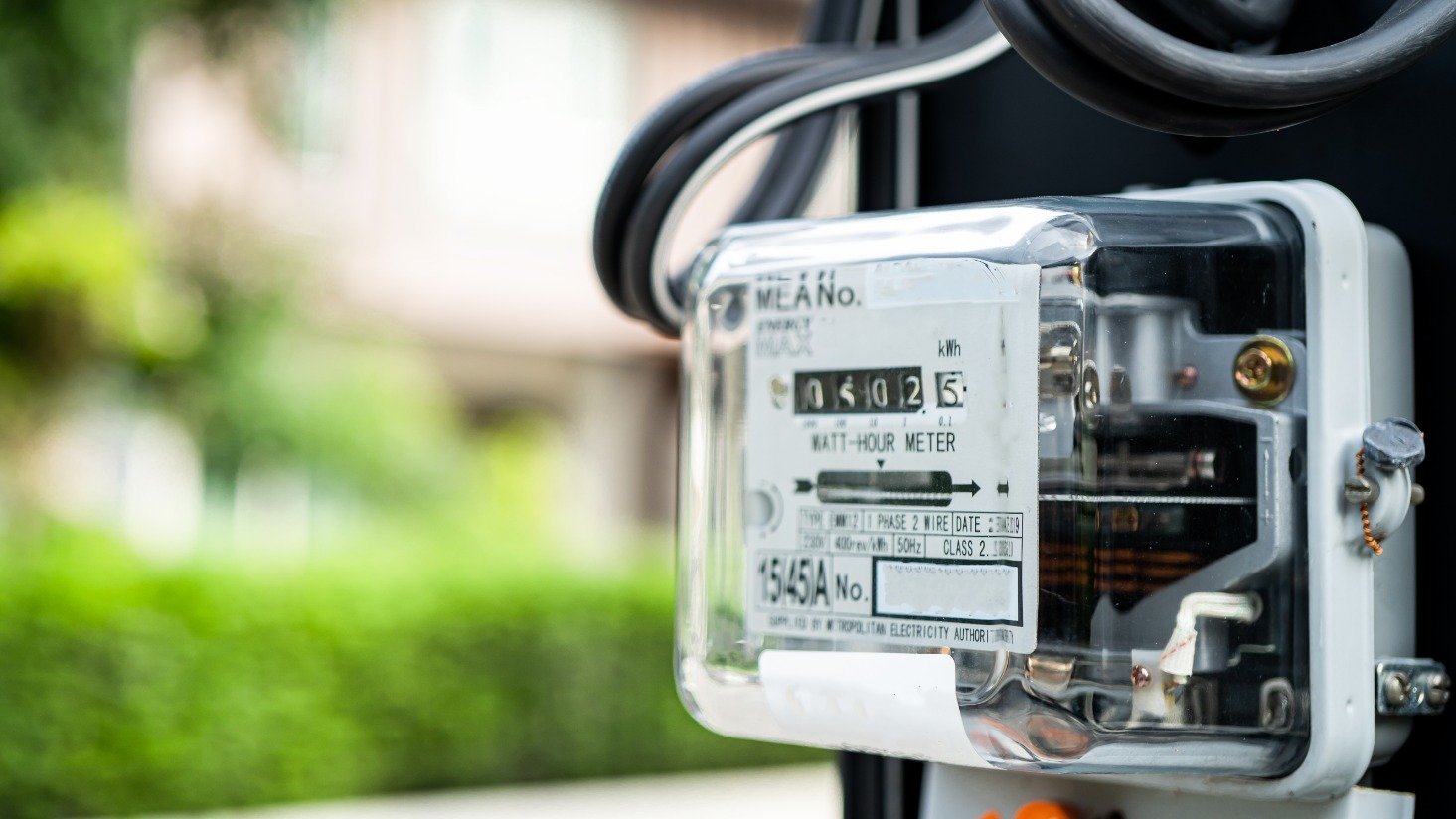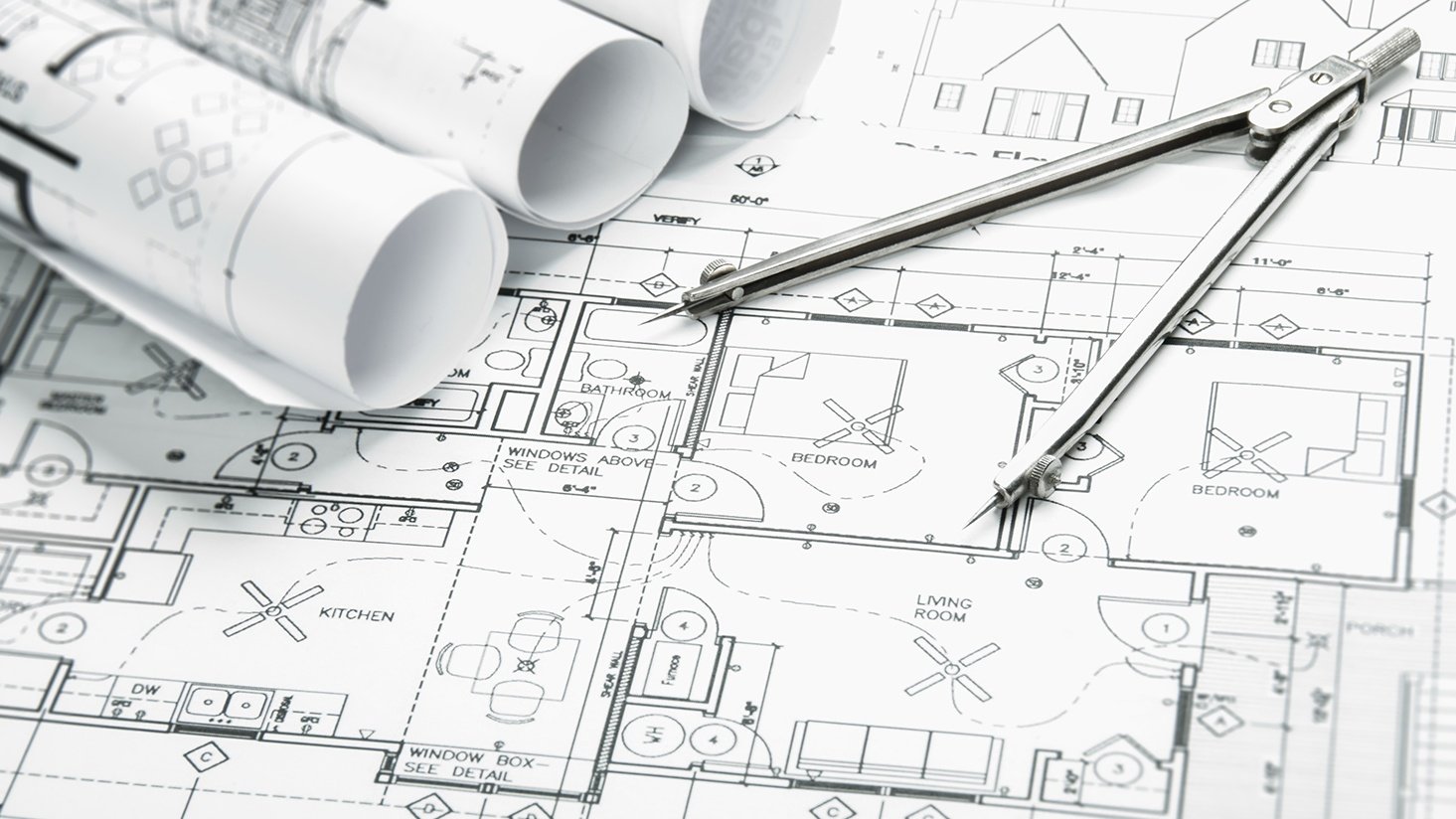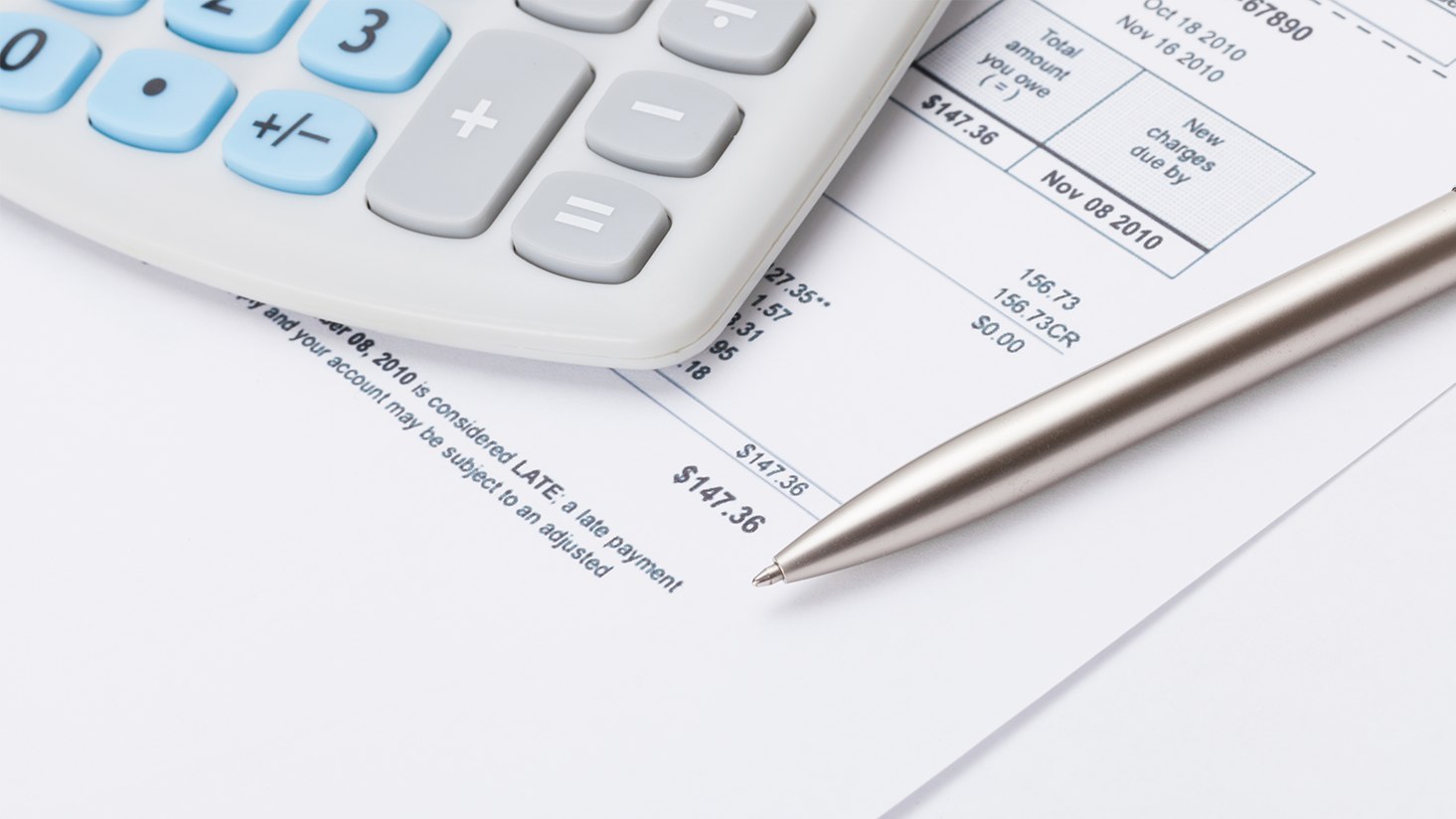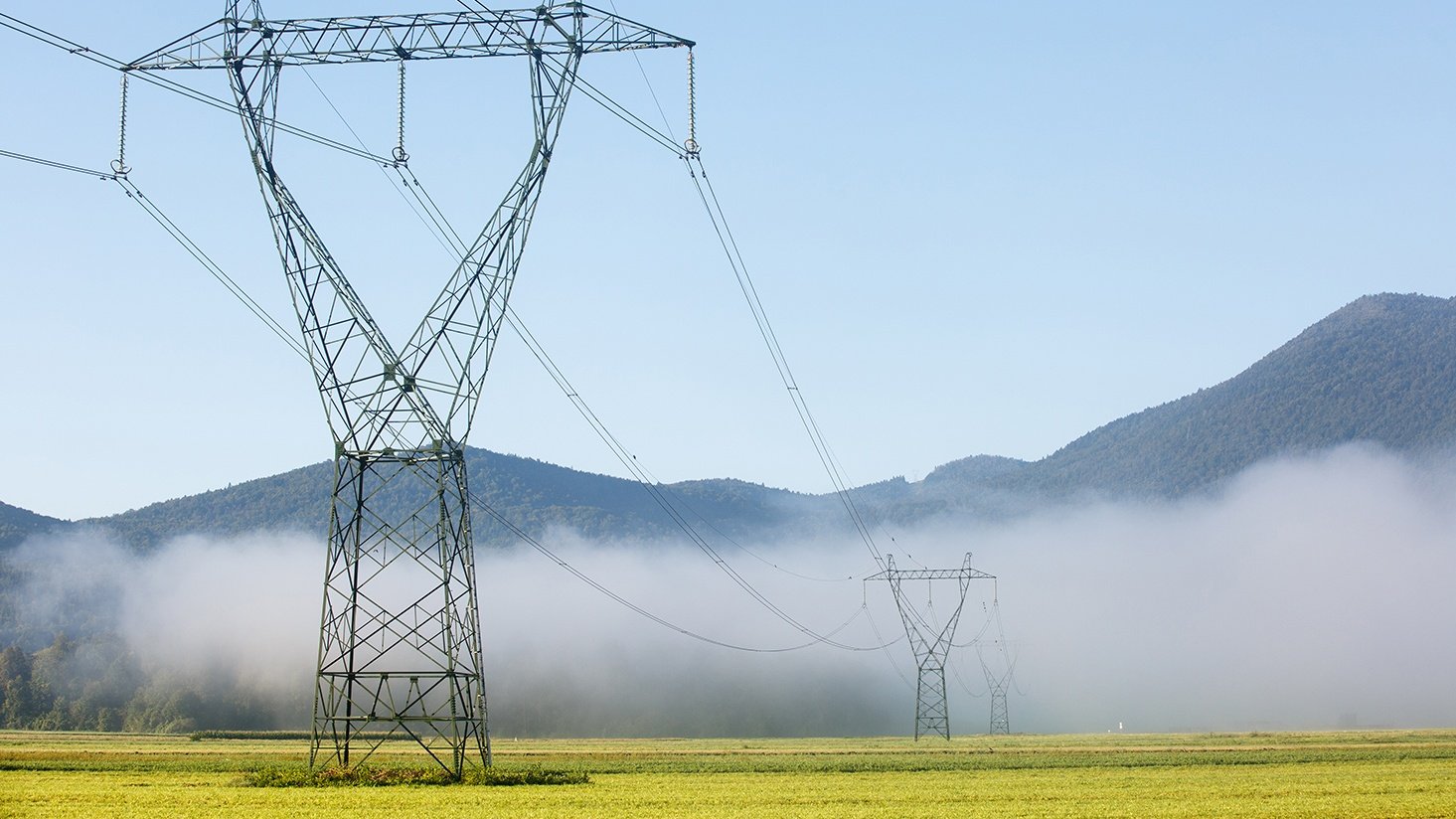The difference between kW and kWh in lighting retrofits [calculator]
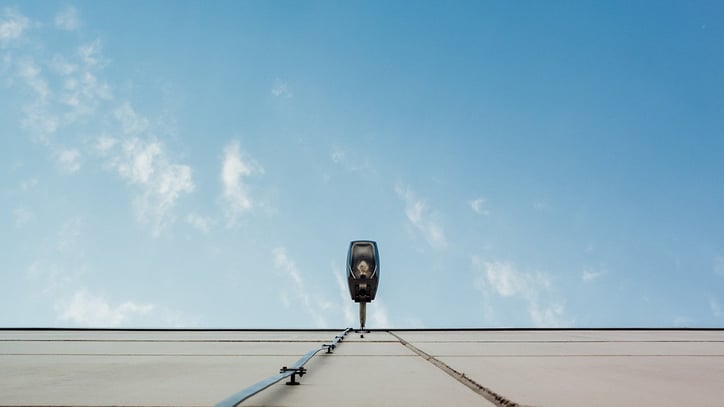
When it comes to a lighting retrofit, you want to be able to accurately predict what kind of savings you’ll get after everything’s said and done. Accurate savings estimates make a deposit of trust and expertise in your account when you go to your boss for that next money-saving project.
In the context of a lighting project, if you're seeking to get a clear estimate of what kind of savings you're looking at, it's critical to understand the difference between kilowatts (kW) and
Looking for our watts to kWh calculator? Skip there now.
Difference between kW and kWh explained
kW usage is the total potential energy drawn from the power lines if you were to turn all of your electricity on at once. kWh usage, however, is how electricity is consumed over time as you operate your facility. Generally speaking, the bulk of most electricity bills is based on the kWh of electricity used.
(Side note: some commercial or industrial facilities may also be billed for a kW demand charge, but that's a topic for another day.)
So in the context of a lighting retrofit, comparing kW numbers will help you figure out the
We’ve written a comprehensive post on kW vs. kWh that you may want to check out if you're looking for more on the difference between kilowatts (kW) and
Calculating lighting savings: kW and kWh difference applied
Let’s go through a practical example
250 troffers
x
59 watts (per troffer)
=
14,750 watts
14,750 watts
÷
1,000 (conversion to kilo)
=
14.75
This is great for a quick estimate of how much energy you save (just over 50 percent), but it won’t give you a dollar savings estimate for your payback.
Now we can move on to calculating kWh.
We will assume that your lighting is on 14 hours per day, 360 days per year. All total, that means your lighting runs 5,040 hours per year.
On your fluorescent lighting, we can figure out kWh of energy usage by multiplying the total kW by the hours of operation. In this case, that equates to 74,340 kWh of energy used by your fluorescent lights over the course of a year (5,040 hours x 14.75 kW).
Now let's figure out the kWh energy usage for the LEDs using the same math. In total, the new LED lighting would use 36,540 kWh of energy over the course of a year (5,040 hours x 7.25 kW).
Ready to show your boss how much money you’d save? Assuming you pay $0.12 per kWh for electricity, you would spend $4,384.80 to power the LED lighting as opposed to $8,920.80 for the fluorescent lighting. That’s $4,536 in annual energy savings just from the lower wattage on your lighting.
Wondering what else you would save by doing a lighting retrofit, like maintenance and energy used by HVAC? Check out our ultimate guide to savings and payback calculations for lighting retrofits.
kW and kWh calculator for lighting
Watts to kWh calculator
As you plan for your next lighting retrofit, know that we're here to help take the mystery out of the savings calculations and get to a savings and payback number that you can present with confidence.
If you're still considering which products are right for your application, you may also want to check out some of these helpful articles:
